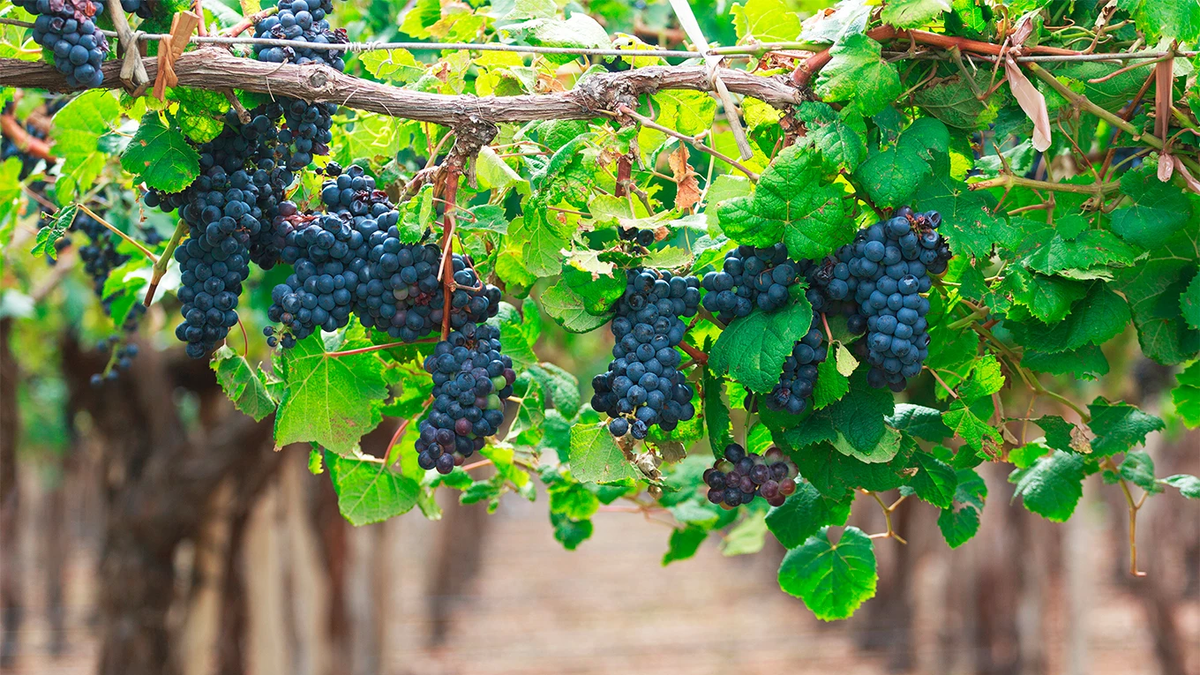April is the month in which Uruguay celebrate the grape Tannat, the flagship strain of the country and of which it is the main producer in the world. In particular, April 14 is the day on which the great mentor of this crop is celebrated, Mr. Pascual Harriague.
Almost a third of the world’s Tannat wine is produced in Uruguaya red grape with a reputation for harsh and “difficult” that became a hit that put the country on the world wine map, behind only France, the place of origin of this strain.
With a total of 5,848 cultivated hectares, 866 producers and 164 wineries, Uruguay has found its identity as a wine-producing country in Tannat thanks to the exceptional conditions that the territory offers for this variety.
The history of Tannat in Uruguay
Although the Tannat strain entered the country in the last quarter of the 19th centurywhen some immigrants began to cultivate it in the territory, it was the Basque Pascual Harriague who gave it its great impetus: this businessman arrived in Uruguay in 1840 and, after various livestock activities, settled in the city of Salto.
Around 1870, and after a few years of trials with different varieties, he found in the Tannat grapes the conditions to make a great red winecharacteristic for its notes of red fruits and spices, as well as its high alcohol content, above 15° due to the concentration of sugar in the pulp.
Uruguay today reaches the 1,572 hectares of Tannat, more than 5 million plants throughout the country, and is the main producer of this strain in the world, with production volumes that even exceed those of its place of origin. In this sense, In the 2022 harvest, 29,486,210 kilograms of Tannat were milled, which is equivalent to 22,114,658 liters of wine.
The Uruguayan Tannat, which exported to 47 markets, is considered unique in the world due to the conjunction of its particular characteristics of soil, climate and viticulture practices. This means that the wine made from Tannat has different characteristics from other producing regions of that variety.
Uruguay’s wine exports are dwarfed by those of beef, milk and soybeans, but still a significant number: 4.8 million bottles of wine, mainly red, worth $18.5 million in 2022, according to data from the National Institute of Viticulture (Inavi). Tannat was the “most exported variety”.
Source: Ambito




